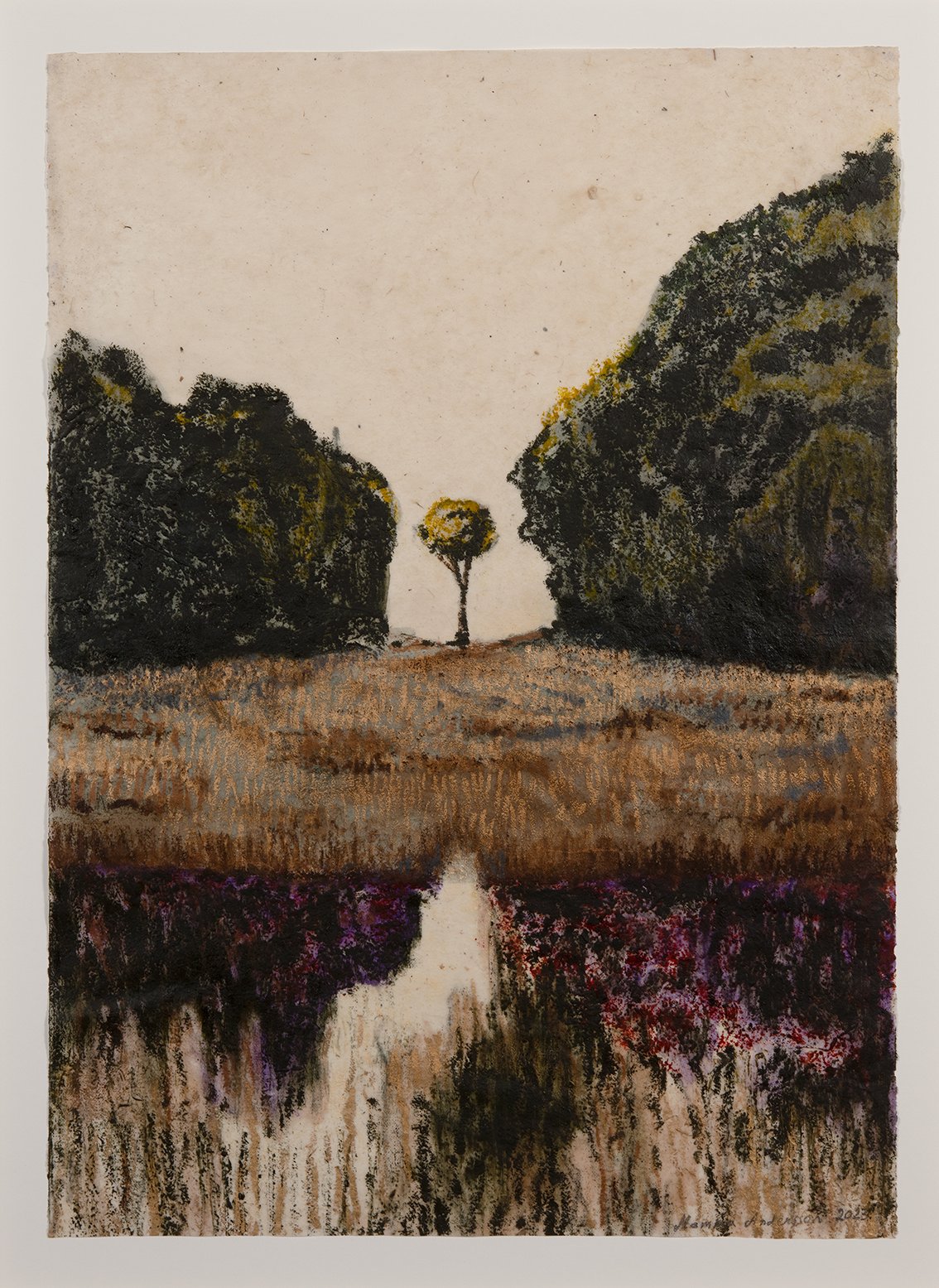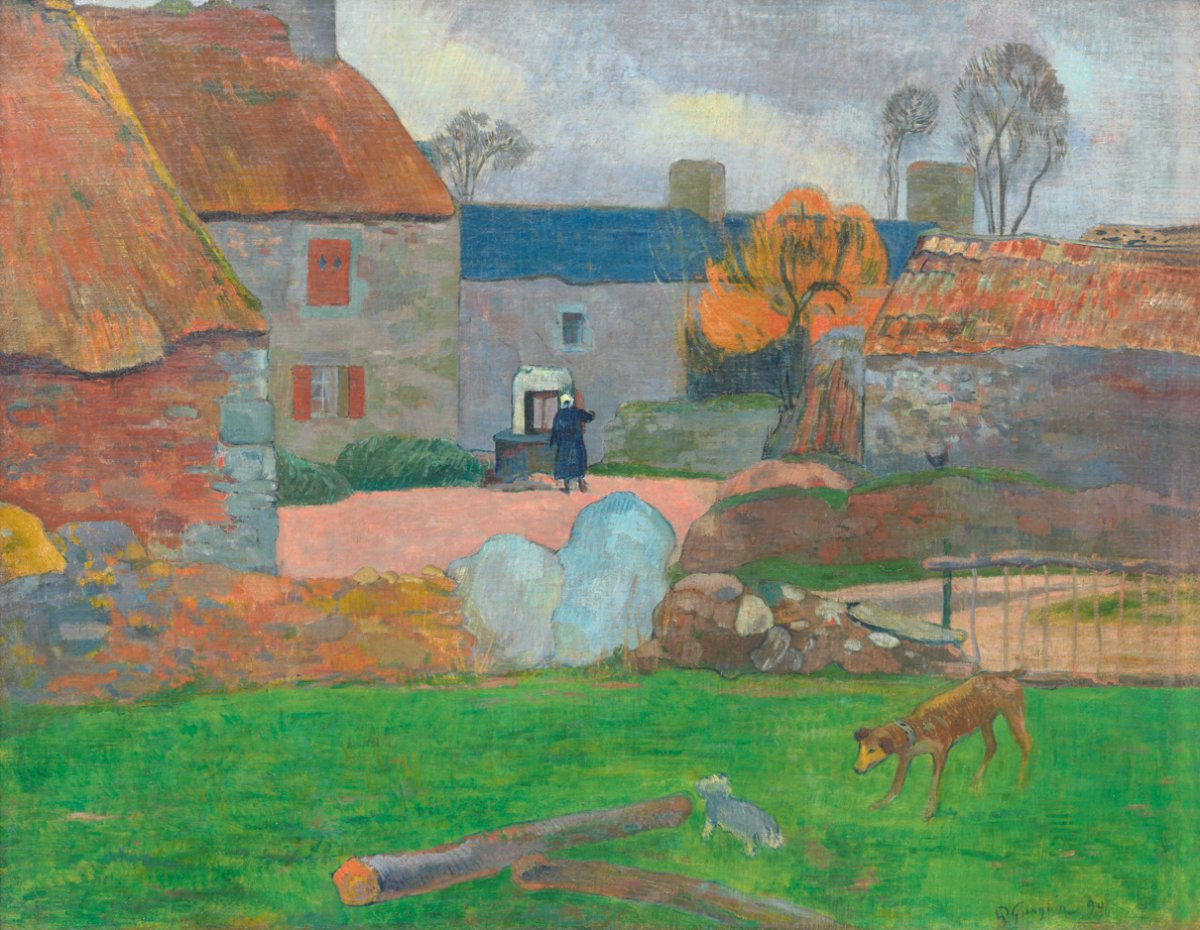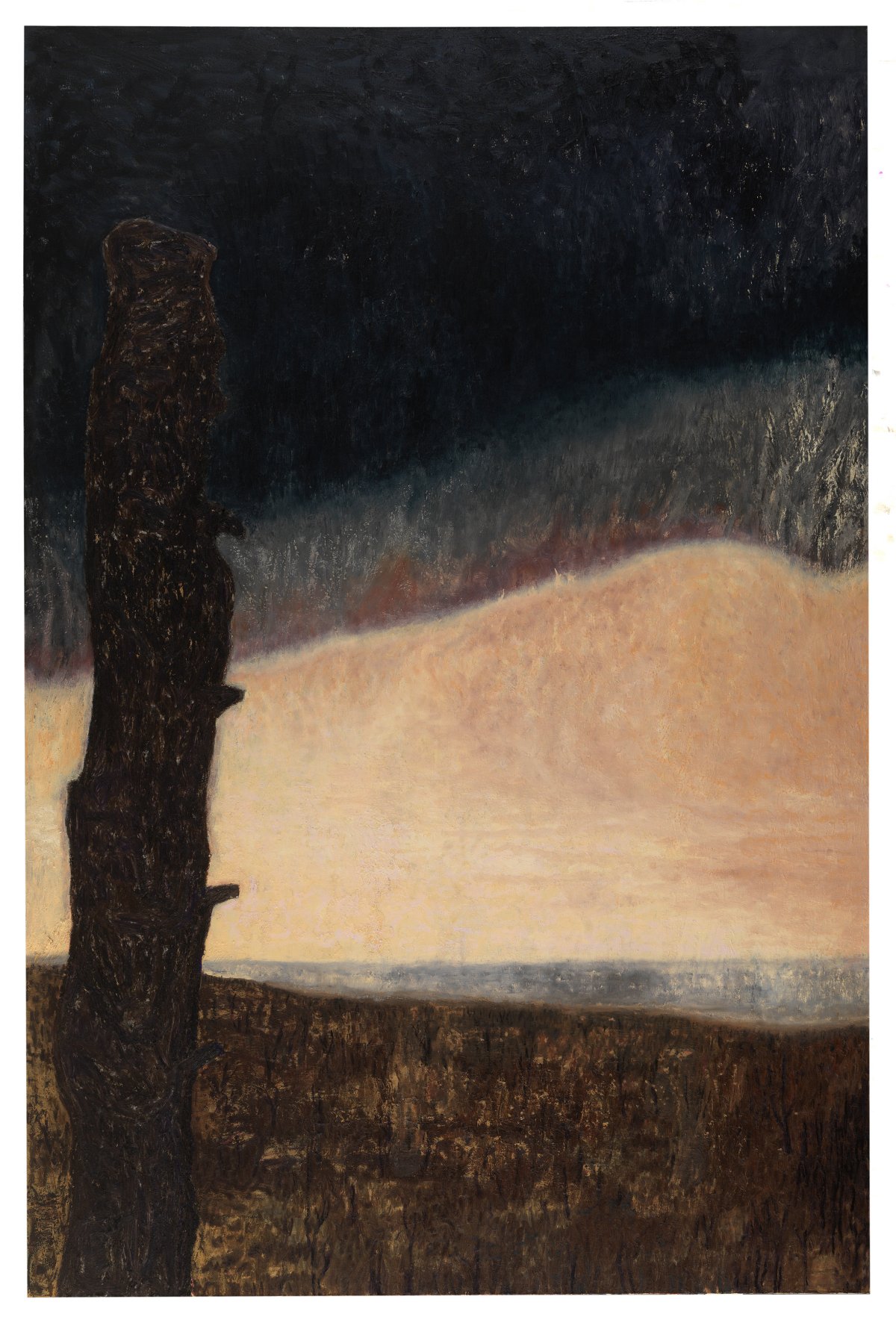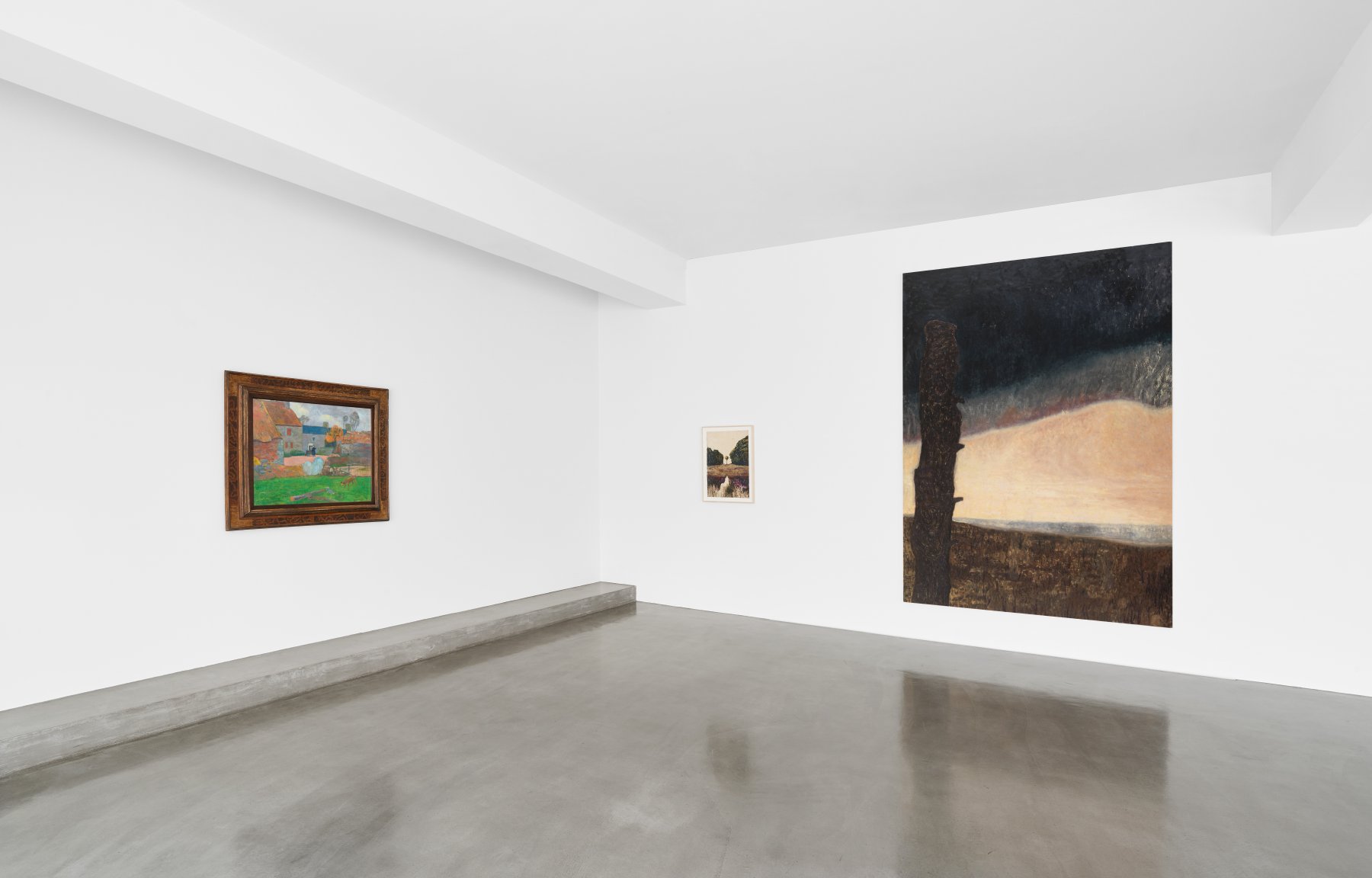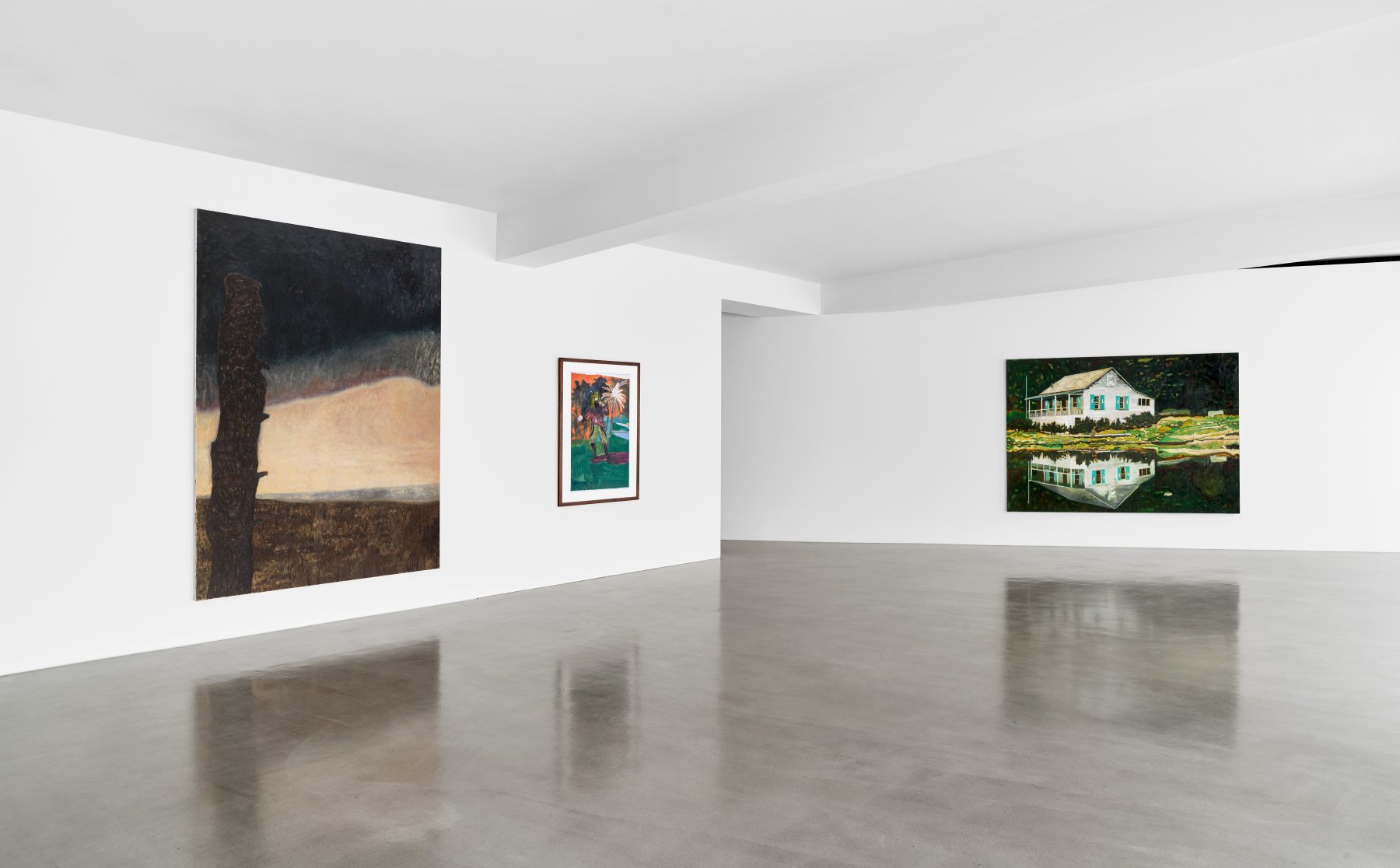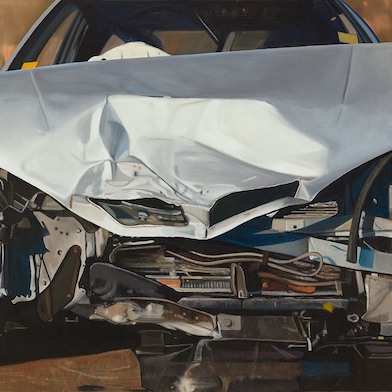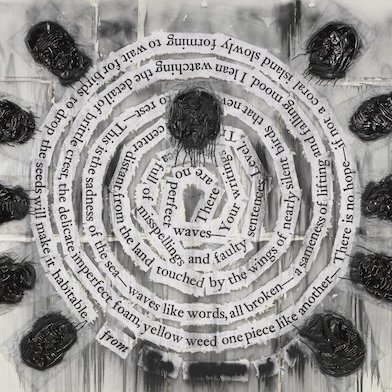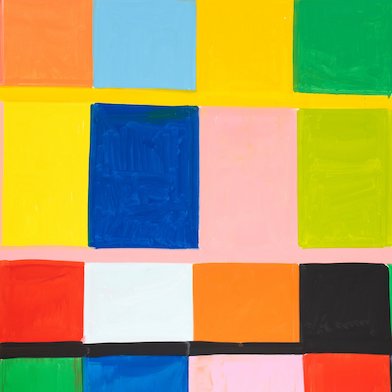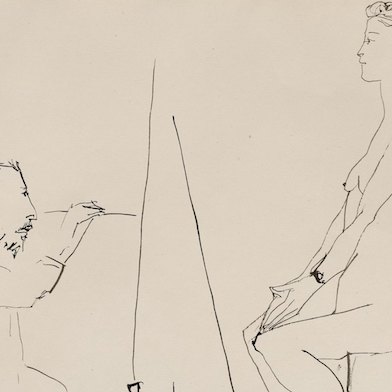Open: Tue-Fri 10am-6pm, Sat 11am-3pm
Visit
Gauguin and the Contemporary Landscape
Ordovas, London
Thu 29 Feb 2024 to Fri 26 Apr 2024
25 Savile Row, W1S 2ER Gauguin and the Contemporary Landscape
Tue-Fri 10am-6pm, Sat 11am-3pm
“I let myself live in the mute contemplation of nature which provides me the whole of my art.”
Paul Gauguin, in a letter to Emile Schuffenecker, 1888.
Ordovas presents Gauguin and the Contemporary Landscape, an exhibition of five paintings exploring the enduring influence and appeal of nature on artists working over a century apart.
At the centre of the exhibition is a rural scene by Paul Gauguin (1848-1903) painted in Brittany in 1890. It is shown alongside works by two contemporary artists who have also redefined landscape painting: Peter Doig (b. 1959) and Mamma Andersson (b. 1962). These include a monumental and rarely seen cabin painting considered to be one of Doig’s finest works of the 1990s which is shown in public for the first time in 25 years, and a large-scale composition painted earlier this year by Andersson.
The exhibition is accompanied by a fully-illustrated catalogue, which includes a specially commissioned poem by Sir Ben Okri, the Booker Prize-winning poet, novelist, and playwright.
Le toit bleu or Ferme au Pouldu was painted by Paul Gauguin in 1890 after he had escaped the booming urban culture of Paris to explore relatively remote, seemingly uncivilised areas of Brittany, becoming the most prominent painter of the Pont-Aven school. It was painted in the village of Le Pouldu, the artist having recently left Pont-Aven in search of even greater solitude as he sought to represent humanity at its simplest. The painting is exceptional in its picturesque portrayal of a country farm and its bold use of colour, depicting a solitary woman at the centre of the composition drawing water from a well. It has previously been shown at major museums including the Tate in 1966 as part of Gauguin and the Pont-Aven Group, as well as Dallas Museum of Art where it was on long-term loan from 1985 to 2000.
Camp Forestia (Care Taker) was painted just over a century later in 1996 by Peter Doig, one of the most important British painters living today, and an artist who has redefined the genre of landscaping painting. Measuring almost 2 x 3 metres, it is the largest in a series of works by the artist depicting the clubhouse of a nudist colony, Camp Forestia, located on Tiger Mountain in Washington State. Each of the works in this series shows the wood cabin clubhouse with its reflection in a lake and with a solitary figure sitting in front of it, including a pastel now in the collection of the Museum of Modern Art, New York. This rarely seen painting was shown at the Arnolfini Gallery in Bristol in 1998 and the Fruitmarket Gallery in Edinburgh in 1999; it has been unseen in public since.
The exhibition also includes an oil on paper painted by Doig in Trinidad in 2005. The artist had relocated and settled on the Caribbean Island in 2000 having previously lived there in the early years of his childhood. Doig would explore the island by kayak, often with his friend, collaborator, and fellow Trinidad-based painter Chris Ofili. This period introduced a lightness in his brushwork and an appreciation for colour; the profound influence on his palette is evidenced in the blue, green and orange tones seen in this depiction of a solitary man set against a tropical coastal landscape.
Stubbornly Waiting is a new composition painted earlier this year by Swedish artist Mamma Andersson, one of the foremost landscape painters working today. Also measuring almost 3 x 2 metres, this painting exemplifies the artist’s approach to landscape painting which recalls late nineteenth-century romanticism while also embracing a contemporary interest in layered, psychological compositions. These scenes draw inspiration from a wide range of archival photographic source materials, filmic imagery, theatre sets, and period interiors, as well as the sparse topography of northern Sweden, where she grew up. Rather than conveying specific spatial or temporal reference points, they revolve around the expression of atmospheres and subjective moods, and frequently appear to merge the past, the present, and the future. The exhibition also includes Cauldron of Morning, another atmospheric landscape by Mamma Andersson, executed in oil on rice paper in 2023.

